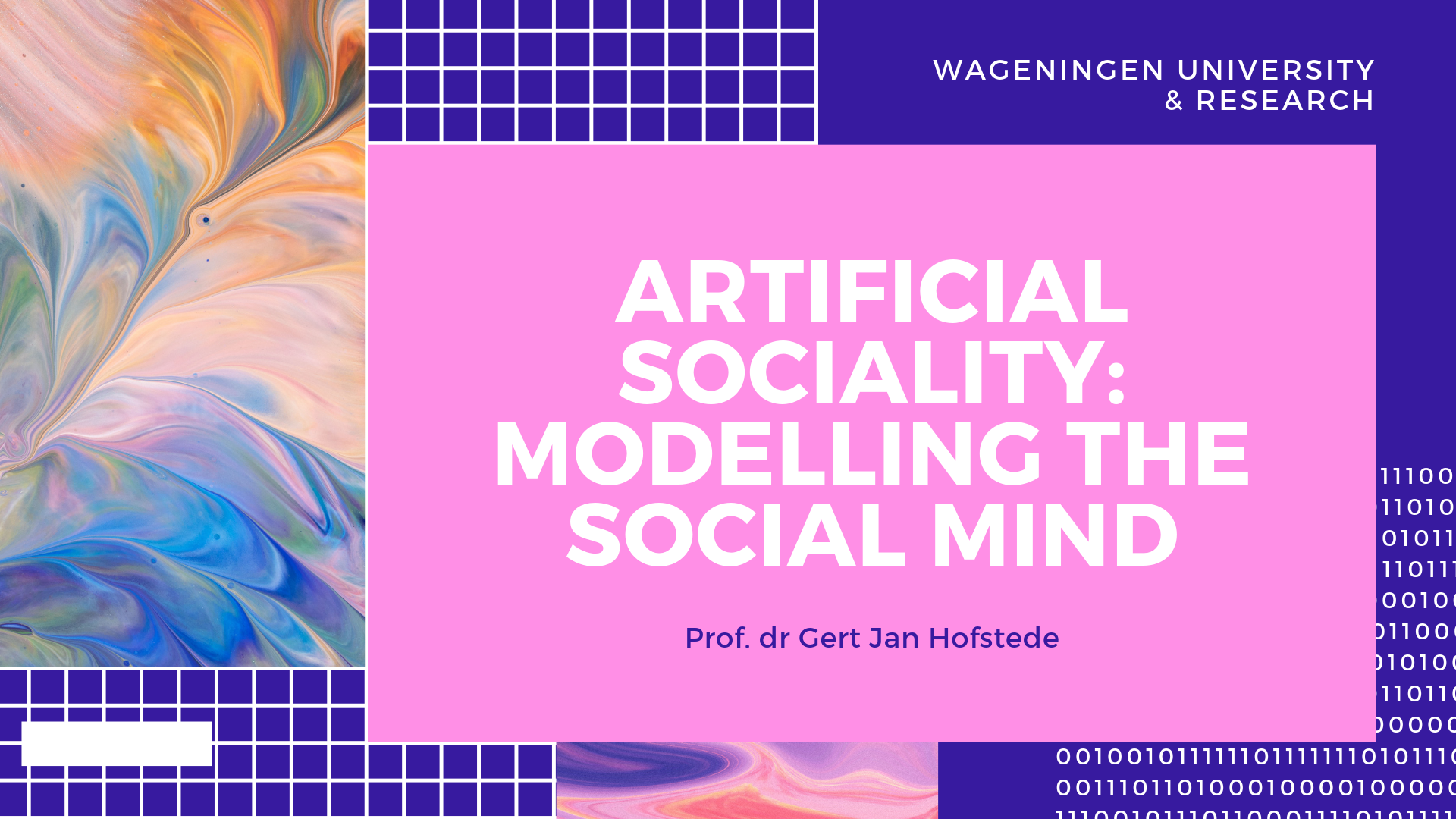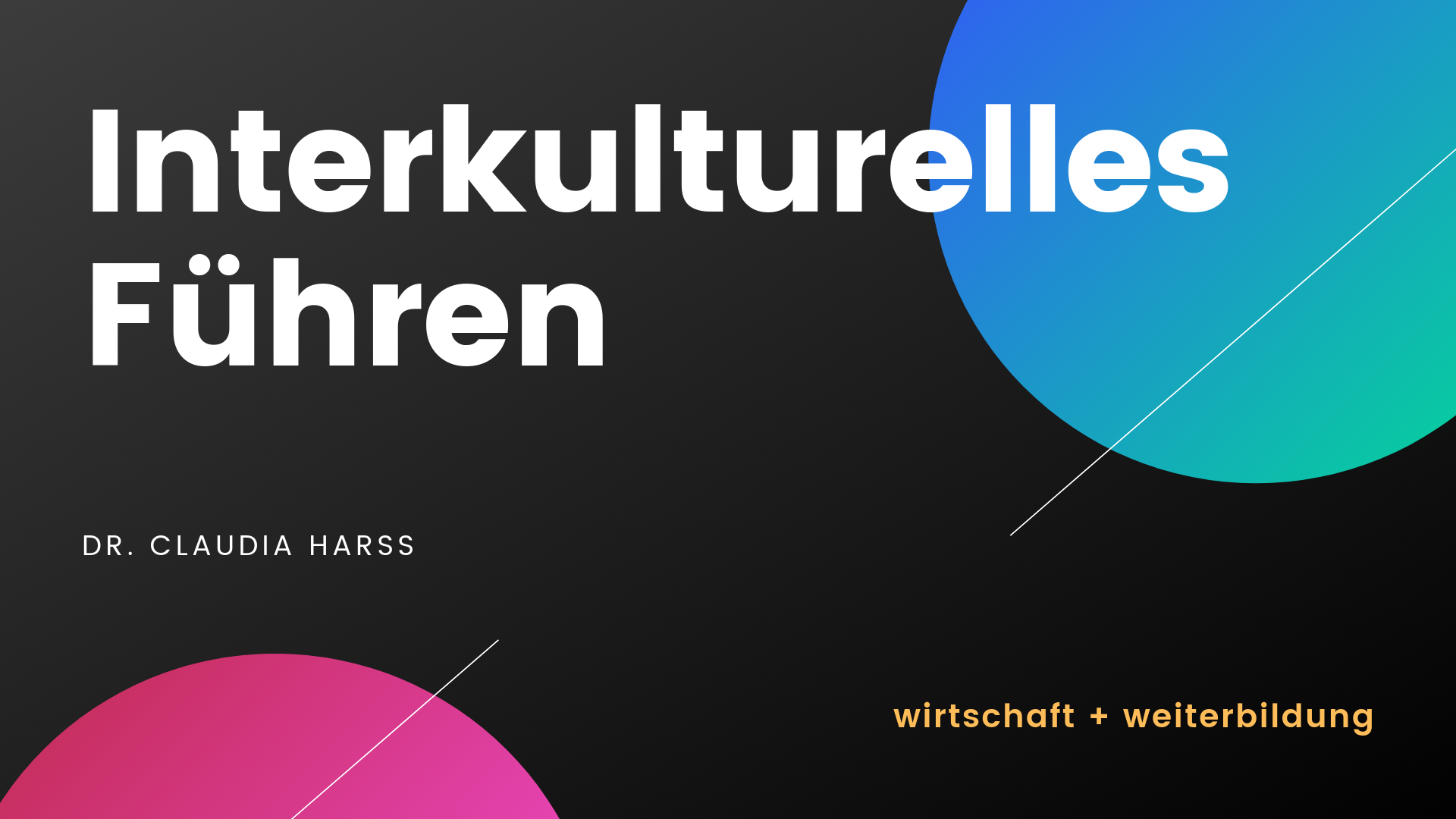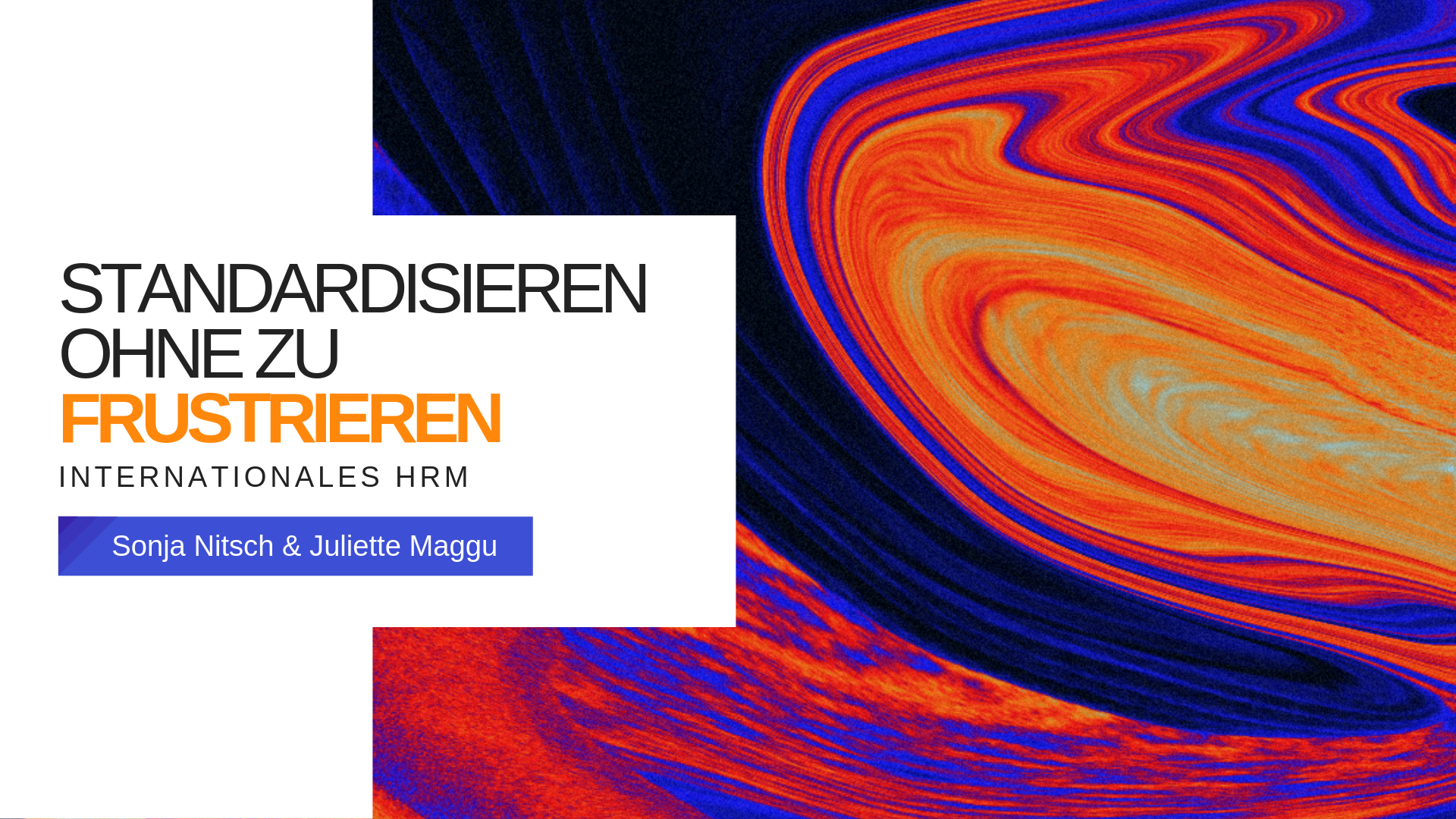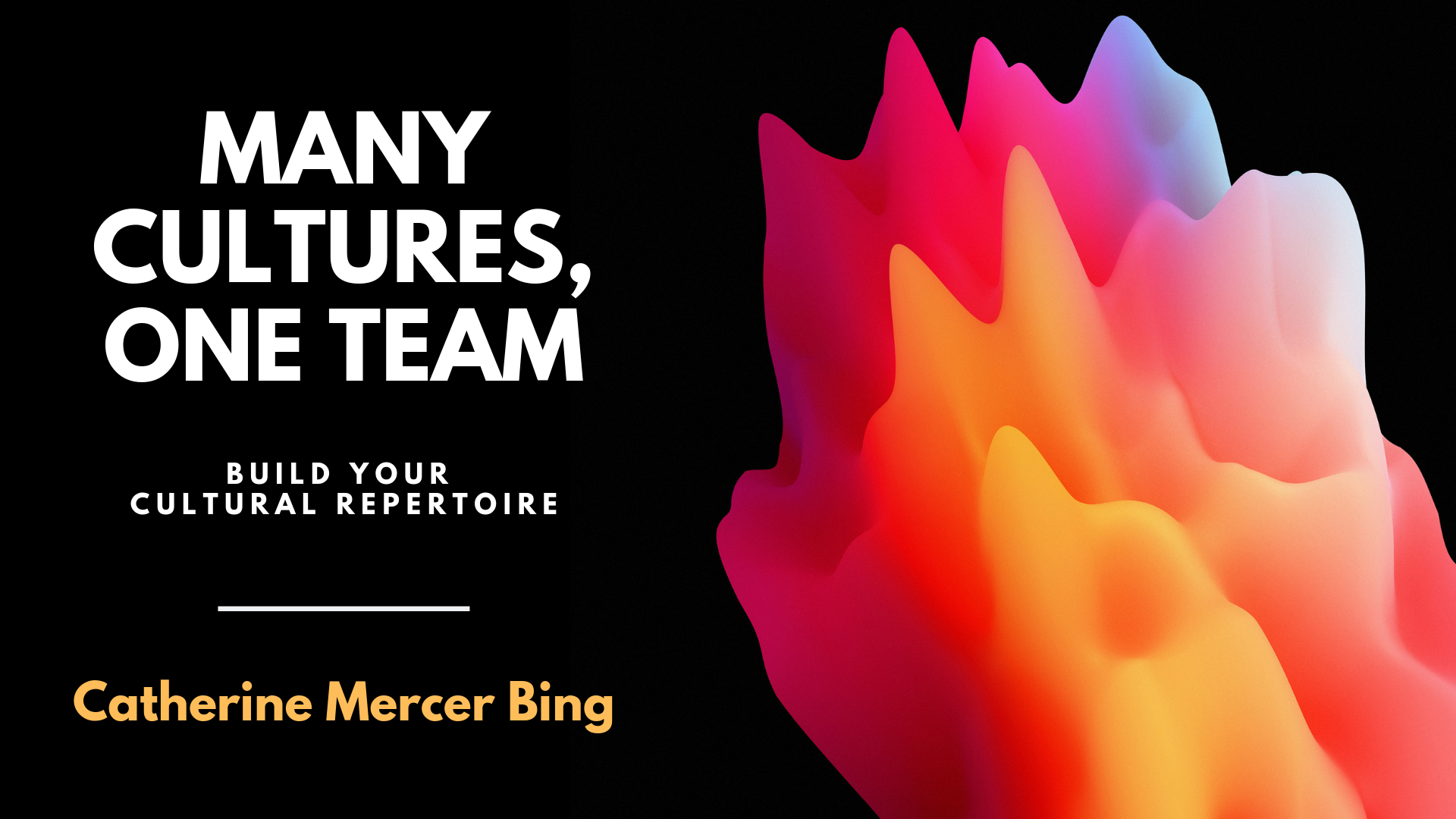responsive design
Lorem ipsum dolor sit amet, consectetur adipiscing elit.
super features
Lorem ipsum dolor sit amet, consectetur adipiscing elit.
drag and drop
Lorem ipsum dolor sit amet, consectetur adipiscing elit.
RESEARCH & INSIGHTS
CULTURE IN M&A SERIES
(A collaboration between ODE Consulting and Grant Thornton Singapore)
Culture is a shared, dynamic system of values and behaviours. Many organisations struggle to define their own culture due to its intangible nature and lack of a common language. The gap between stated and lived values is particularly critical in M&A, where compatibility must be assessed early.
This four-part Culture in M&A series explores why culture is a strategic imperative in M&A. Often dismissed as a ‘soft issue’, culture is in fact a powerful force that shapes organisational behaviour, leadership alignment, and change readiness, making it a key determinant of deal success.
The first 3 articles are now available here. Click on the links below.
The first installment of the four-part Culture in M&A series explores why culture is a strategic imperative in M&A. Studies show that up to 90% of M&A deals fail to meet expectations — often due to cultural issues. This article explores how organisational and broader cultural dynamics shape M&A outcomes, why cultural misalignment is a leading cause of deal failure, and how M&A leaders can proactively address culture to unlock real value.
What if cultural assessment could predict deal success?
In Part 2 of this Culture in M&A series in collaboration with Grant Thornton, we explore how early cultural assessment can uncover alignment risks and identify integration opportunities — using proven tools like Hofstede’s Culture in the Workplace™ survey.
By embedding cultural assessments throughout the M&A lifecycle, organisations can strengthen leadership trust, reduce integration friction and unlock sustainable deal value.

M&A deals aren’t just about integrating systems and processes.
They are also about people, values and culture. In Part 3 of our Culture in M&A series with Grant Thornton, we explore how deliberate and structured cultural alignment action plans can support a more seamless integration, help retain key talent, and ensure that the newly combined organisation moves forward with a shared strategic focus.
When guided by data-driven insights and two-way communication, culture becomes a powerful force that fosters engagement and creates long-term value.
Let culture be your differentiator – not your downfall.
Culture is not a soft issue – it is a strategic lever that must be assessed, managed, and revisited throughout the M&A lifecycle.
In this final part of our Culture in M&A series the authors introduce a practical culture assessment tool grounded in Hofstede’s Culture in the Workplace™ model. This evidence-based tool enables integration teams to identify cultural gaps and potential friction points between the merging organisations, and translates those insights into concrete, actionable steps for smoother integration.

Project Management Across Cultures
Gain insights from global culture experts as they share perspectives on leading projects in diverse, cross-cultural environments. This series—created in collaboration with the Friends of Hofstede Community—explores how culture shapes the way teams plan, communicate, and deliver success.
Leading International
Project Teams
Presented by Huib Wersten
Bridging Borders-Guidelines for Successful Project Management
Presented by Professor Romie Frederick Littrell
First Lead Yourself.
In times of rapid transformation, middle management often bears the heaviest burden—caught between driving strategy from the top and supporting employees on the ground.
This latest article, written by Germany based culture and organisational development experts from Twist Consulting Group, explores how self-leadership and targeted development programs empower managers to navigate change with resilience, clarity, and responsibility.
The message is clear: change is sustained only when leaders first lead themselves. Read on to explore how self-leadership and targeted development programs empower managers to navigate change with resilience, clarity, and responsibility.
Global teams are now the backbone of modern business.
Yet while cultural diversity brings fresh perspectives and innovation, it also creates challenges in communication, trust, and decision-making. Leaders often struggle to balance these differences without compromising performance.
Our latest white paper by Cross Culture Expert Dr Kavita Sethi, Master Certifier of Hofstede Culture in the Workplace Questionnaire™ explores Cross-Cultural Intact Team Coaching—a strategic approach that enables organisations to transform cultural complexity into a competitive advantage.
Whether you’re leading regional projects, managing multinational teams, or steering organisational change, this paper offers insights to help your teams move beyond friction and build a shared culture of high performance.
Practical tools to:
Build cultural intelligence across intact teams.
Establish clear team agreements and communication norms.
Strengthen trust and psychological safety across cultures.
Measure success through tangible outcomes.


Conflict Resolution and Management across cultures
Watch these videos contributed by Culture Experts Qian Peng, Huib Wursten & Fernando Lanzer
as they explore how different cultures manage and resolve conflicts.
Bridging Cultures with Artificial Intelligence (AI)
How do we navigate the vast potential of AI in enhancing cross-cultural engagement while remaining vigilant to its limitations?
Artificial Intelligence (AI) is reshaping many aspects of our lives, from our personal interactions to how we work and learn. A particularly transformative area is cross-cultural communication, where AI is breaking down long-standing barriers and fostering new forms of connection between diverse cultures. Yet, as AI becomes more ingrained in global operations, it brings not only opportunities but also complexities.
Can AI truly interpret and respect the nuances that define individual cultures?
Language Translation Beyond Words
One of AI’s most visible impacts is in language translation, with tools such as Google Translate, Microsoft Translator, and newer AI models providing unprecedented access to real-time, multilingual communication. In a business setting, this advancement is invaluable. International teams can collaborate more fluidly, and global enterprises can engage directly with diverse audiences. However, while these tools are impressive, they often lack the cultural sensitivity that human interpreters can bring. Translating words is one thing; capturing the cultural undertones, idioms, and contextual nuances that give those words meaning is another challenge altogether.
Consider how AI interprets humour, irony, or culturally specific references. While AI can translate the words, can it translate the intent? How do organizations address the subtle, yet significant, risks of miscommunication that might arise from a literal translation void of cultural context? Professionals and companies using AI translation tools must understand that language is more than just vocabulary; it’s a reflection of culture, history, and social norms. Thus, relying solely on AI translation without human oversight could lead to unintended misunderstandings that may strain, rather than strengthen, cross-cultural relations.
Cultural Data Insights and Personalized Engagement
In addition to translation, AI has become a powerful tool for analyzing cultural trends and consumer behaviour across regions. By processing vast amounts of data from social media, news outlets, and public forums, AI algorithms can identify patterns in behaviour, sentiment, and preferences that are unique to specific cultural groups. For global businesses, this enables the design of regionally tailored marketing strategies and product offerings that resonate with local values and preferences.
For instance, AI can analyze social media conversations in various countries to identify emerging trends or concerns that resonate deeply with certain communities. By understanding these patterns, companies can craft campaigns that are more culturally relevant. However, this power comes with a caveat: how accurately do AI models reflect the diversity within cultural groups? Data-driven insights may reveal trends, but they may also risk overgeneralization. Culture is not monolithic, and there is a danger that AI, in its search for patterns, may simplify complex cultural nuances into broad stereotypes. This raises an important question: how can we use AI to understand cultural contexts without reducing them to algorithms and categories that overlook individual diversity within each culture?
Navigating Bias and Ethical Concerns
The potential for bias in AI is another significant challenge, particularly in cross-cultural contexts. AI algorithms are often built using large datasets, which may unintentionally carry biases rooted in historical, societal, or regional prejudices. When these biases go unchecked, they can influence how AI systems interpret and respond to cultural nuances, sometimes reinforcing stereotypes rather than bridging cultural divides.
For example, an AI model trained on data with Western cultural perspectives might misinterpret or undervalue behaviours and expressions from non-Western cultures. This can lead to misunderstandings and, in some cases, alienation. How can organizations ensure that the AI systems they deploy are not unintentionally biased against certain cultural perspectives? What measures are in place to continuously evaluate and update these models to reflect cultural sensitivity?
Addressing this issue requires a proactive approach. Organizations must diversify the datasets they use, involve culturally diverse teams in the development process, and implement regular reviews to detect and address biases. The goal is not only to use AI to foster connection but also to create systems that respect and accurately represent the world’s cultural diversity.
Embracing AI with Cultural Intelligence
As AI continues to evolve, it will undoubtedly play an even more significant role in facilitating cross-cultural engagement. However, the power of AI should be balanced with cultural intelligence. Professionals need to approach AI as a tool that enhances, rather than replaces, human understanding. Companies can combine AI’s efficiency with human oversight to ensure that cross-cultural communication remains nuanced and respectful.
In the long term, the challenge lies not in whether AI can analyze cultural data or translate languages, but in how it does so. Can AI contribute to a world that values cultural diversity, or will it homogenize our differences in the pursuit of data-driven efficiency? The answer depends on how we develop, deploy, and refine these technologies.
Reflecting on these questions encourages us to take a mindful approach to AI in cross-cultural engagement. AI holds immense potential to foster understanding, but realizing this potential requires a commitment to ethical, culturally informed applications.
By bridging gaps without oversimplifying identities, AI can help create a global community that is connected yet distinctly respectful of the diversity that defines it.
Other Articles
In Other Languages
Gespür für andere Kulturen – wie sich interkulturelle Kompetenz messen lässt
by Claudia Harss and Antonia Liebich






















